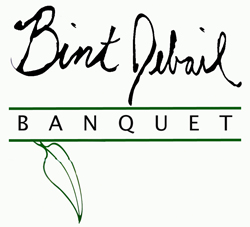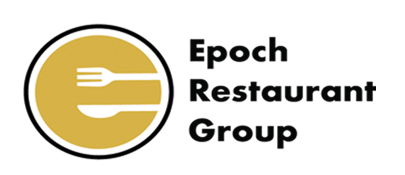|
KSARA WINERY AND THE BEKKA VALLEY
Our trip to Bekaa, the heart of Lebanon’s agricultural acreage and home to her millennia-old wine tradition, showed us a side to the country that was astonishing—rural and severely beautiful, relaxing, but spackled with reminders that even in the countryside, war is never a forgotten notion.
Israeli missiles have devastated much of the eastern and southern Valley, and we passed damage in the form of downed bridges, battered factories and buildings under re-construction from funds being received, at least in part, from Iran.
At Chateau Ksara, at least, 2006 could have been worse: according to managing director Charles Ghostine, a near-miraculous ceasefire in August preserved some of the season’s harvest as the migrant workers who’d fled in the face of rocket attacks and returned to pick in the nick of time. And, promises Ksara’s Château Prieuré Lichine-trained winemaker James Palgé, “2007 is shaping up to be a stellar year.”
But, as the saying goes, there are no bad vintages in Lebanon: only good ones and better ones.
Lebanese wines are not widely distributed nor understood in the United States; currently, the country produces only about 6 million bottles a year, roughly on par with New Jersey. It’s logistics (Lebanon is, in fact, only half the size of New Jersey) and not for want of tradition—the Phoenicians began fermenting grape juice here nearly six thousand years ago, a full millennium ahead of Greece. By the time the Romans built their still-standing temple to wine god Bacchus in northern Bekaa, Lebanese winemaking was already an ancient art. Chrysippus, the Phoenician philosopher, is said to have died of laughter after getting his donkey drunk on Lebanese wine, and Cana (near Tyre) is the site of Jesus’ water-into-wine miracle. Throughout the Middle Ages, Bekaa wines were among the most expensive in the world, due in part to a terroir that’s almost mystically suited to the stuff. Soggy winters, arid summers, cool nights and misty mornings enrich brick-red clays and chalky soils—a situation which keeps winemakers like Cave Kouroum’s Yves Morard committed to Lebanon despite the occasional inconvenience of being kidnapped by enemies. “They thought I was a spy,” Morard says of his two-week ordeal at the hands of Israeli soldiers in 1982. “I had to explain intricate details of winemaking to prove who I was.”
Morard, like most Bekaa producers, favors Bordeaux and Rhone varietals in producing age-worthy red wines, particularly cabernet sauvignon, carignan, grenache, cinsault. For westerners, chardonnay is perhaps the most recognizable of Bekaa’s whites, and fittingly so: it was born here, an ancestral clone of the much-planted obaideh. Marweh is another native, semillon-like and a favorite blending varietal at Chateau Musar, arguably Lebanon’s best known winery. Established by Gaston Hochar in 1930, Musar is renowned for its grand vin blend of concrete-fermented reds which require a minimum of ten years aging.
|






